Part 2
At 2:30 one morning, I joined Theresa and her crew in her lobster boat, the Greyhound, skippered by Theresa’s son Cole, who goes by Coley. We were on our way to St. Paul Island, Theresa’s treasured fishing grounds some 20 miles due east. Crew members Phillip and Barret stowed their gear, then threw themselves face down into the forward bunks. Coley stuck a smoke in his mouth, flipped the switch to autopilot, turned on 103.5 AM Country, then rocked back in his high-tech captain’s chair. I slid into the cabin’s cafe booth across from Theresa, where she handed me sweatshirts and pillows to make my seat more comfortable.
We shouted in conversation at first but the engine throb, the fuzzy AM babble, plus an unrelenting high whining sound created a befuddling din. We sank into a gazing mode. A full moon astern, Venus hovered directly ahead, a prick of light. Glistening black three-foot waves heaved our bow up and to port, Venus swung out of view, but the Greyhound corrected itself and Venus slipped back to its proper place. The pattern was mesmerizing. The universe slowly disappeared leaving only this tiny, fastidious pendulum of light ahead. I fell sound asleep.
The sun was high in the sky, the crew already a good quarter of the way into their harvest by the time I woke up. The Greyhound heaved erratically in the wash thrown off by a sheer wall of gleaming rock no more than a broomstick away. Coley timed the Greyhound’s fitful starts and stops just so—fast enough to rip the boat away from the rapidly sinking trap, but not too fast, thus allowing him to cut speed suddenly, twist in an abrupt curve, and place the next buoy conveniently at the end of Phillip’s gaff. I wondered how Coley kept track of individual buoys—those he’s pulled, those needing to be pulled—from among the flotilla of identical bright orange buoys.
He tapped his brow.
“It’s all in here. I know the pattern, I remember where each trap is. Sometimes I mess up and we pull one I just hauled minutes ago. But not often.”
On the leeward side of the island, blessedly calm, I used my long lens and filmed Crayon-green gloves, cobalt gauntlets, sparkling deck hose water rolling over the toes of their glossy, thick-soled fishing boots. I filmed Coley’s quick hands, working his gears, his fingers hovering ever so delicately above the shifters before he rammed them home. I filmed the writhing mountain of dark green lobsters, waving their claws in what looked like slow motion, heavenward.
Once back in my cottage I copied my footage onto a hard drive, then spot-checked it. At first it looked good. But then it suddenly didn’t. The individual shots were fine, but once edited together, they would quickly lose potency. This is because all shots were taken from the same perspective, while on the boat. To absorb viewers, surround them with the jostling, the wetness, the scrapes and grinds—the sensual experience of being there—I’d have to provide the countering perspective. Viewers have to be off the boat at some point in order to appreciate being on the boat. It was time to hire a chase boat and follow Theresa and Coley back out to St Paul Island for their evening haul.
It took an afternoon to track down Frances MacKinnon, one of the few unoccupied fishers in town willing and able to play chase. I gave Frances a quick seminar on the yin-yang of film scene construction, how to enhance one view through the opposite perspective. Frances, mid-50s, burly, somewhat begrimed from having just been working on his boat, stared at me—bored, uncomprehending—hard to tell.
But then he announced, with remarkable conviction, “OK, 300 nonnegotiable U.S. dollars.”
Our two-hour trip back out to St. Paul Island gave me plenty of time to both rationalize this unexpected expense and to learn a little about Frances. His précis, in keeping with almost all the people I’ve met in Bay St. Lawrence, followed a pattern.
First, he identified his clan, then his fishing boat, the Pea and Sons, and, finally, which male members of his family have died and how.
Frances, I learned, is one of 16; he’s lost his eldest and youngest brothers, and another in between. “So far,” he said solemnly.
We arrived at St. Paul Island’s cliffs just as shards of warm, early evening light angled into the crevasses—a cinematic virtue, but also a problem since half of my camera angles would be “blown out,” as we say, and unusable. The Greyhound bolted, reversed, spun; the Pea and Sons followed. Two fishing boats entwined in a dance while the light faded, along with my $300 cash investment.
I dashed back and forth on the deck hauling my tripod and camera, shouting directions to Frances, trying to set up in time to catch that sweet moment when all the elements—sunlight, lobster boat, jagged cliffs, black waves—synched up. I missed every shot. But then Frances got in the game, starting to anticipate Coley’s moves. Suddenly, on the port side, with my camera duly recording, the Greyhound slid serenely into my viewfinder just as Phillip pulled in a trap, trailing a shimmer of droplets. The Greyhound crew looked back at us, as if they, too, sensed the happy magic of that moment. This shot might have cost a bundle, it might have taken five hours all told to capture, and it ended up becoming one of the few I actually used. But I got it.
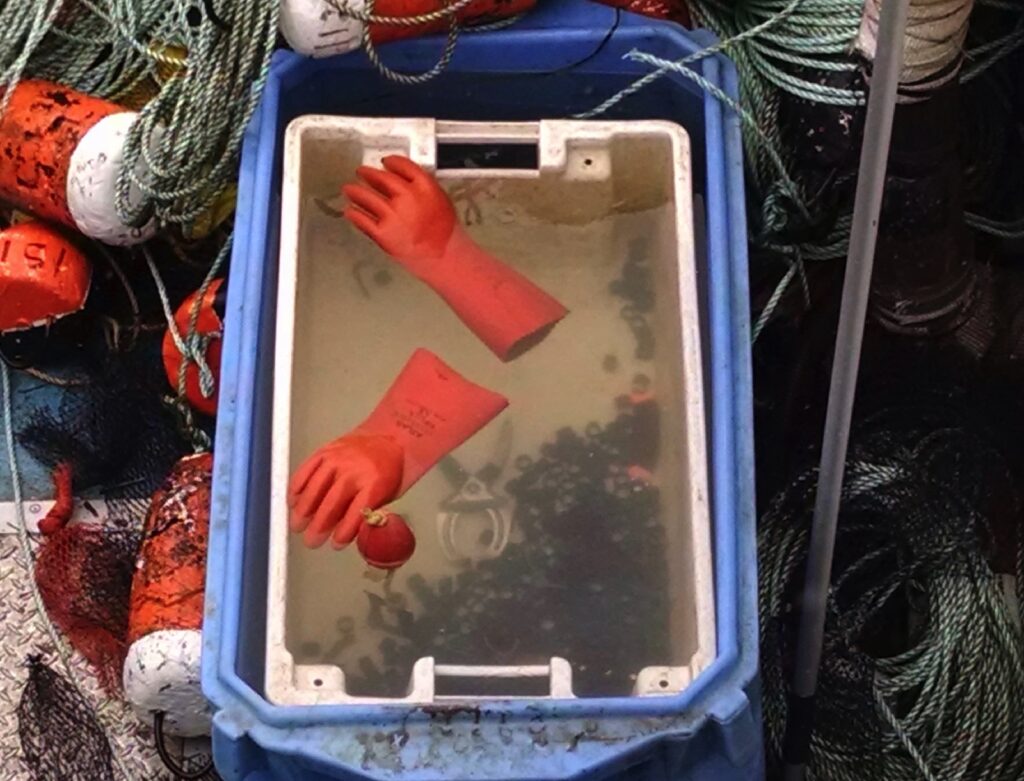




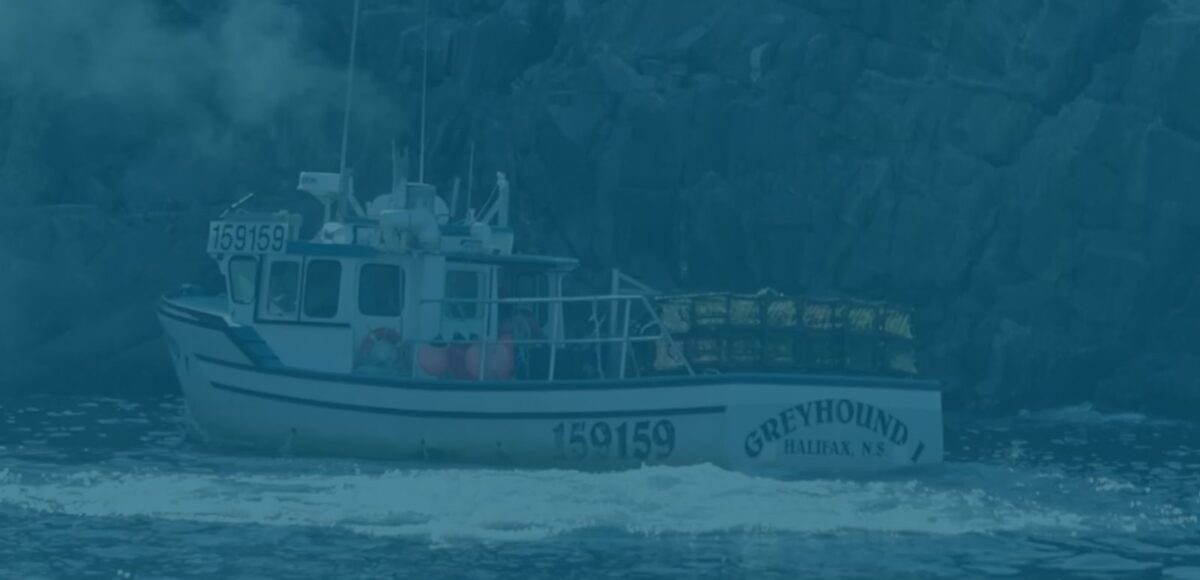
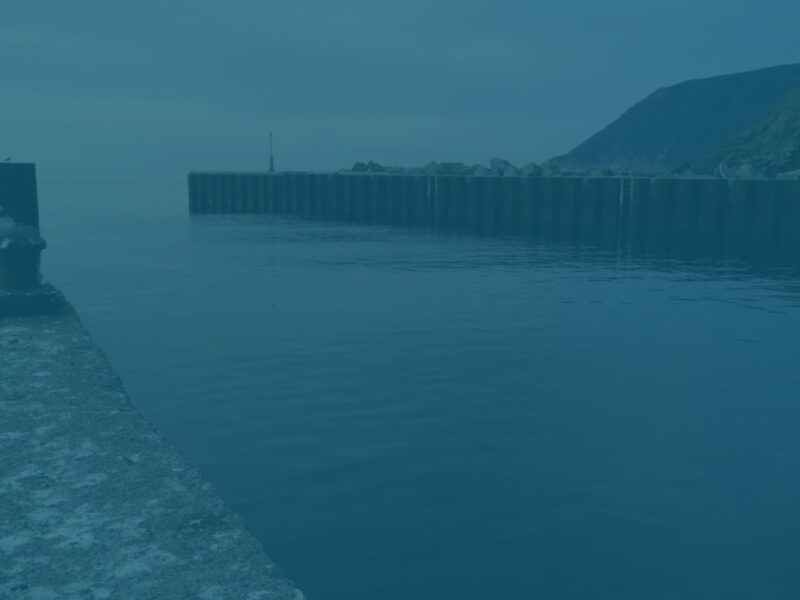
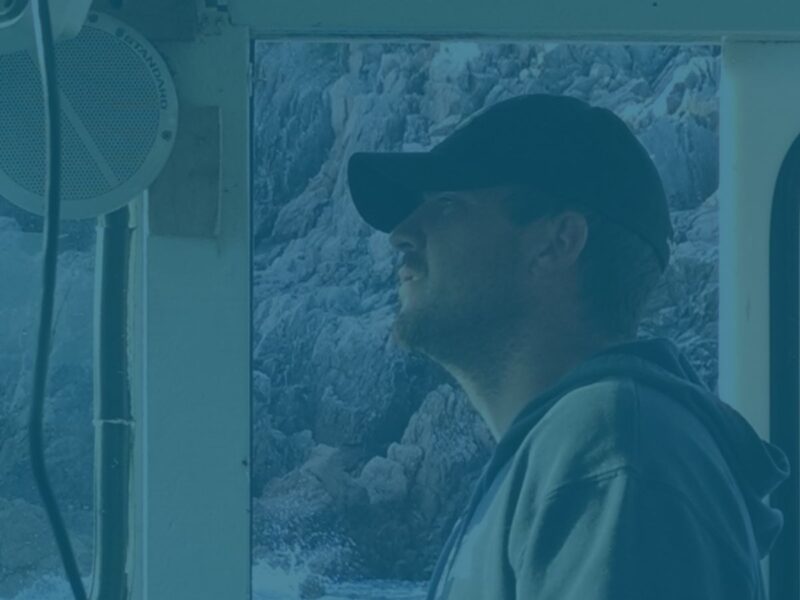
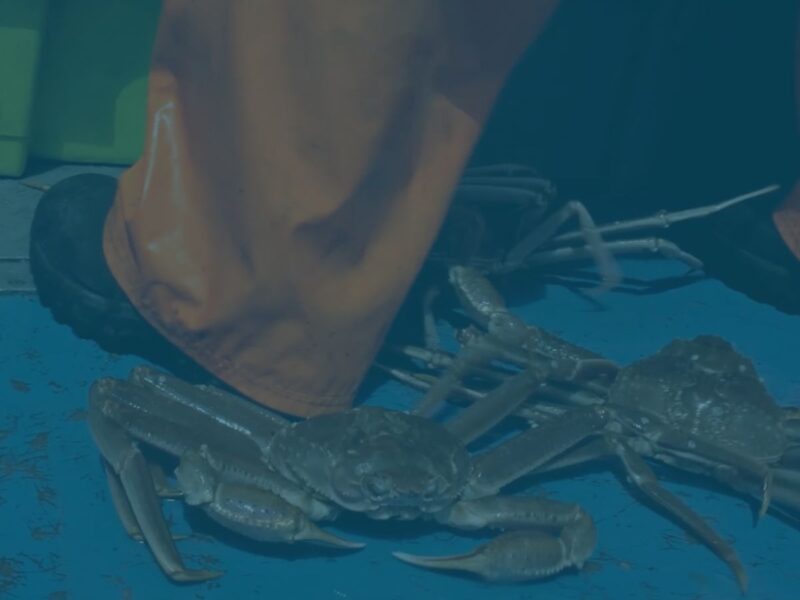
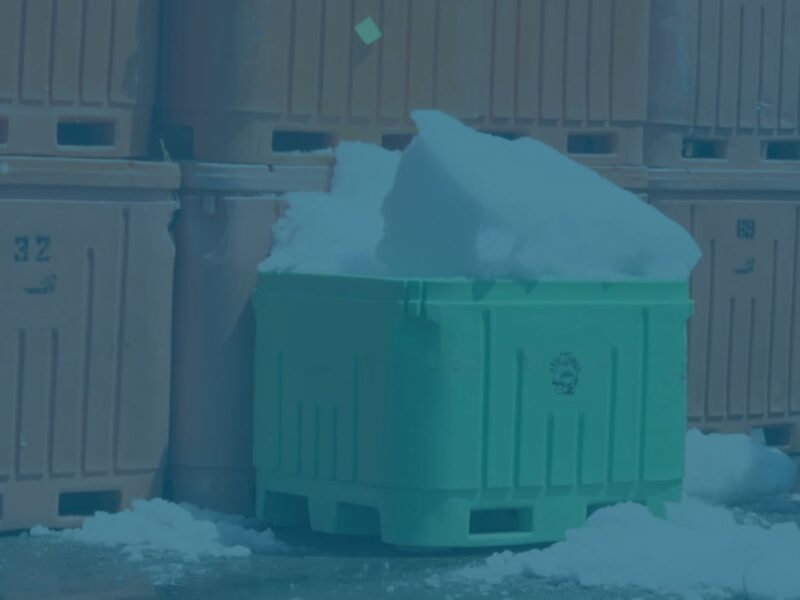
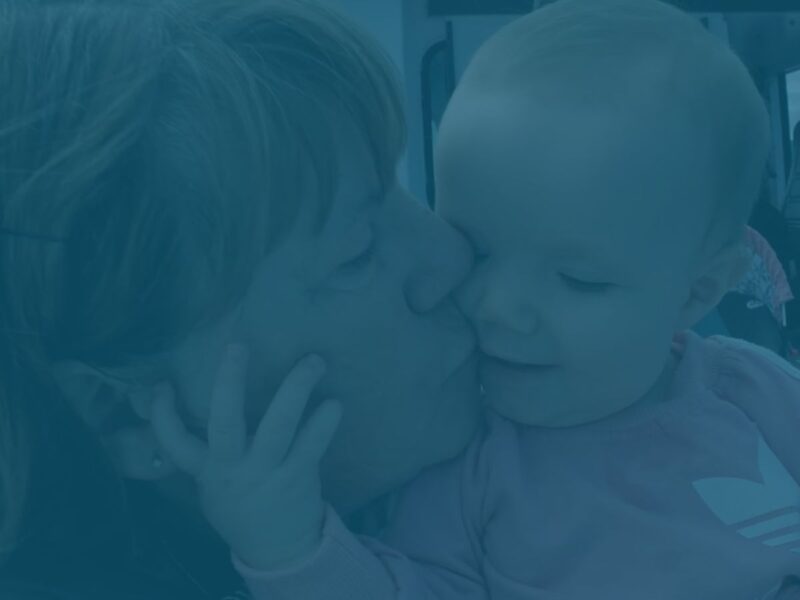

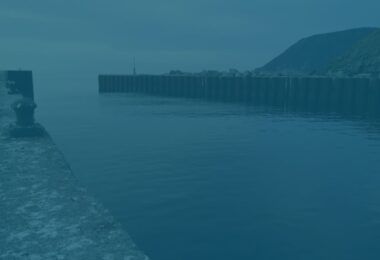
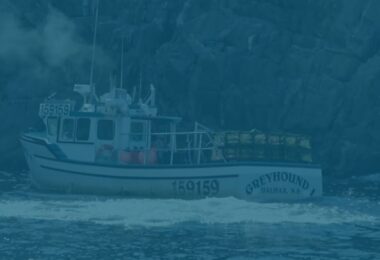
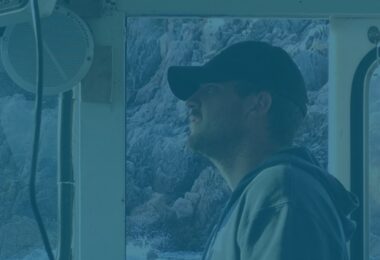
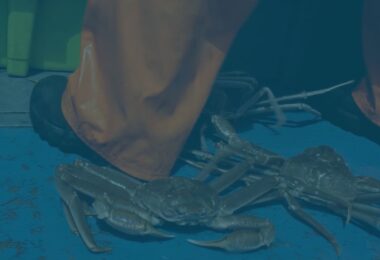

No comments